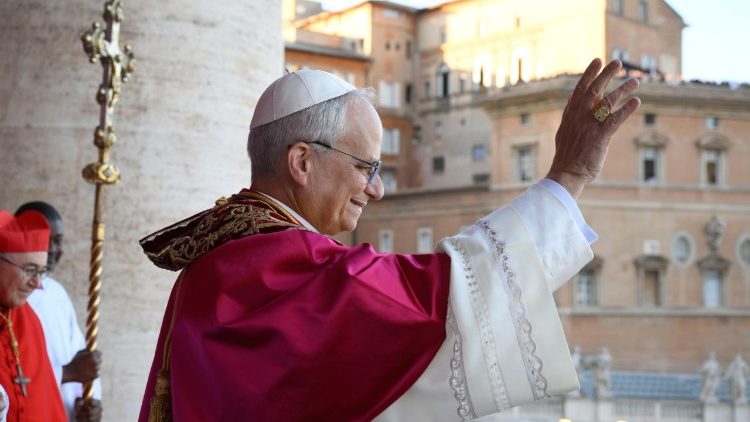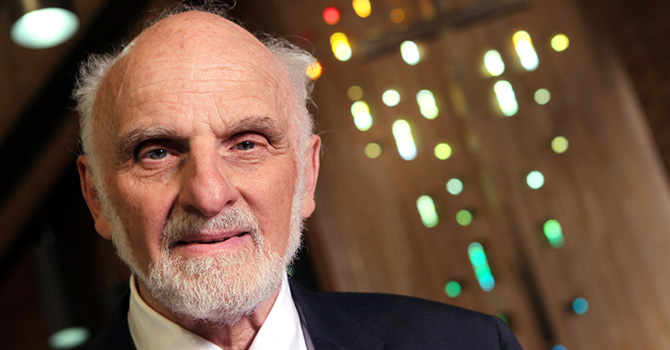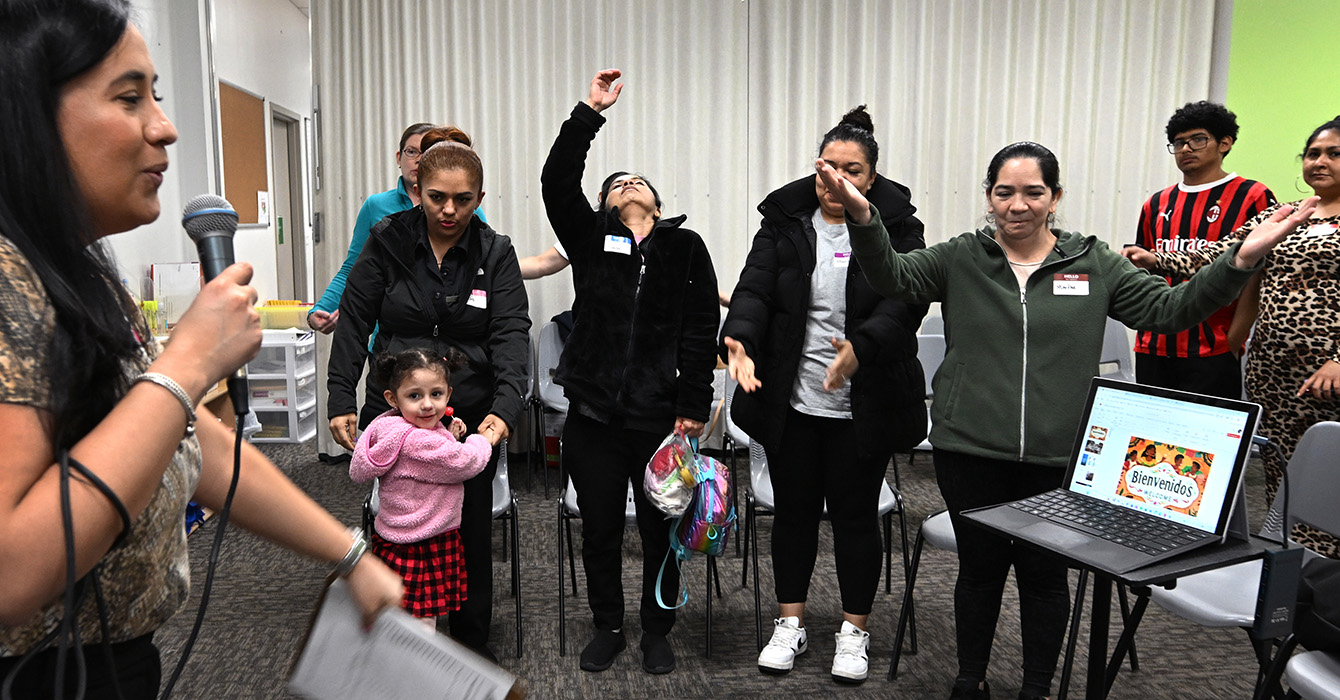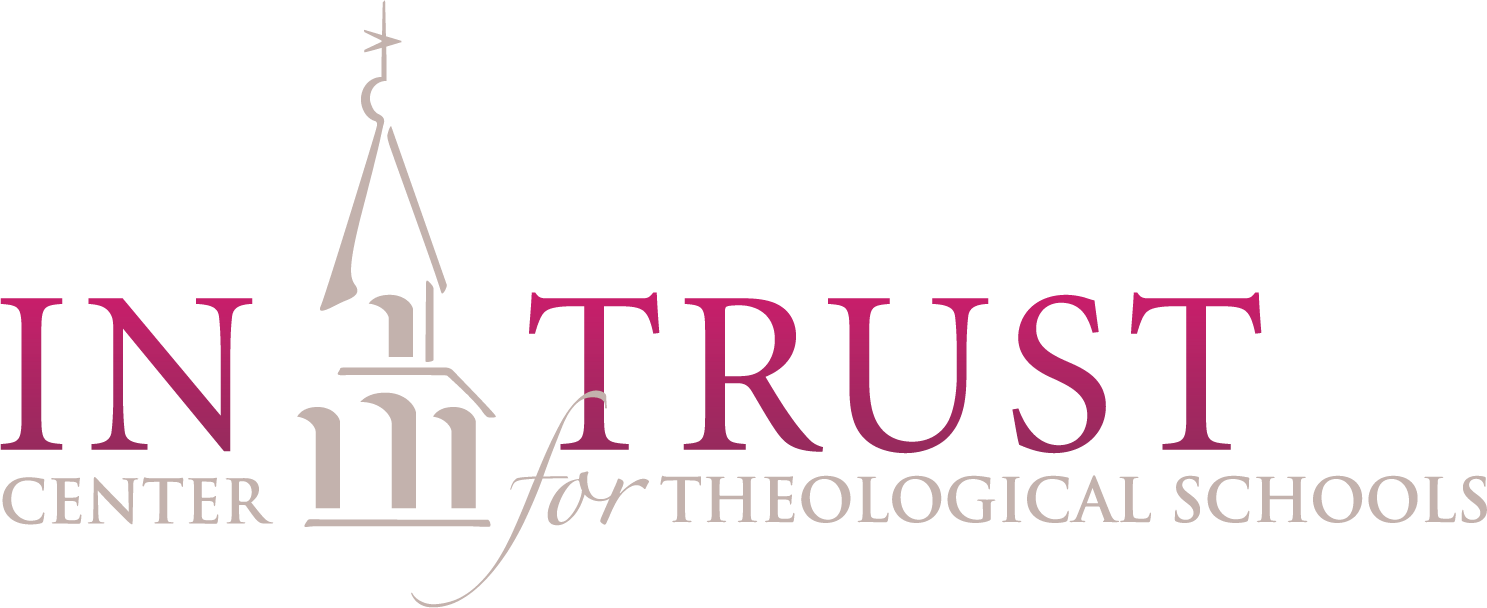A time before there was Duke Chapel? I couldn’t imagine it. And yet my elderly friend was telling me about walking through Duke Forest as his father contemplated where Duke Chapel ought to go. In the late 1920s, my friend’s father was the last president of Trinity College and the first president in 1924 of the newly re-named Duke University. At the time we spoke, I was new in my role as dean of Duke Divinity School, and I loved to hear his stories about the history of Duke University and of all of the presidents and deans he has known.
But Duke Chapel always had been here. Hadn’t it? It only had been here, as it turns out, since the early 1930s, when my friend and others watched its construction. People had to figure out the location as well as the design, not to mention several years of painstaking construction -- much of it the result of gifted Italian immigrant stonemasons. Because of a wide variety of people’s vision and care, we now have a space that looms across the Duke University landscape, a sanctuary for worship and music, a vibrant and visible symbol of Duke’s commitment to the importance of Christian ministry.
Modern Americans too often celebrate community without attending to the critically important roles that vibrant institutions play in enabling a community’s practices to flourish. Too often we take vibrant institutions for granted, forgetting they are crucial for creating spaces that shape and pattern human life and address fundamental human needs and yearnings. Because we have ignored the crucial difference that vibrant institutions make in our lives and in the ecology of our wider social existence, we too often have allowed vibrant institutions to become lifeless bureaucracies. We have watched once-glorious spaces deteriorate and become shells of the vitality they once represented. Christian life suffers as a result.
By contrast, vibrant spaces like Duke Chapel, and more broadly vibrant houses of worship and institutions of Christian higher education, continually make room for Christian wisdom to be nurtured over the course of time. We tend to underestimate how institutional spaces “speak” to people. Over the years, I have heard story after story about vocations discovered and renewed, relationships developed and reconciled, spiritual life developed and deepened -- all occasioned by particular Christian institutional spaces.
But not only the space. It is also the way of life those institutions nurture. At their best, institutions communicate and nurture vibrancy as bearers of tradition, laboratories for learning and incubators of leadership. Christian institutions give form and structure to our convictions, enabling us to cultivate thriving communities to be signs, foretastes and instruments of the reign of God. Seen in this light, faithful Christian living depends significantly on our ability not only to think about institutions but also to think appreciatively from within them -- to cultivate the practice of thinking institutionally.
Why? Vibrant Christian institutions are bearers of tradition. These traditions are found in the architecture, in the rhythms of daily schedules, in the formal and informal norms of the people who work and pray there, in the ways positions are described, in the ways decisions are made. This is most obviously evident in monastic communities that have lasted for decades and even centuries, but it is no less true of such institutions as seminaries, congregations, L’Arche communities or hospices.
Vibrant Christian institutions nurture traditioned innovation as a way of thinking and acting and make central the practice of ongoing learning. This includes honoring the gifts of our personal and collective pasts as well as repenting of sin, both personally and institutionally. Traditioned innovation focuses on the future to which the Holy Spirit is calling us, reminding us simultaneously that we need to be a learning organization if that future is to be faithful. Rather than pitting romanticized community over against sterile bureaucracy, or traditionalism over against newness, vibrant institutions are laboratories for learning traditioned innovation that bears witness to the Holy Spirit who is conforming us to Christ. Vibrant Christian institutions create laboratories in which people unlearn sin and learn faithfulness as a way of life.
Vibrant Christian institutions serve as incubators of leadership. Their dynamic internal cultures attend to the diversity of people’s gifts, nurturing people in their variety to develop the virtues, skills and perspectives that make transformative leadership possible. Not all participants in an organization will have the gifts for transformative leadership, but all participants play indispensable roles in the overall vibrancy of an institution’s leadership. That is, incubating leadership makes each of the various parts of an organization stronger and makes the sum of those parts even greater. By contrast, bureaucracies, not to mention toxic organizations, can take even the best leadership capacities and turn them into mediocre mush or sinful sludge.
Vibrant institutions are not always born in vibrant times. Duke Chapel emerged from the ground amid a national financial crisis. That story serves as a reminder that a crucial way of thinking institutionally is taking the risk to found new institutions that meet our deepest human needs -- for worship, education, shelter, hunger, beauty, joy, community. As with Duke Chapel, we ought to be willing to found them even in less than ideal circumstances -- or especially in challenging circumstances. For it is when we recognize that institutions are crucial spaces for nurturing faithful and joy-filled living that we will be even more likely to take the risks of founding new institutions -- and for caring for them in practices and commitments that enable their continual birth and rebirth over time.
This is part of a series. Learn more about the concept of Vibrant Institutions »










